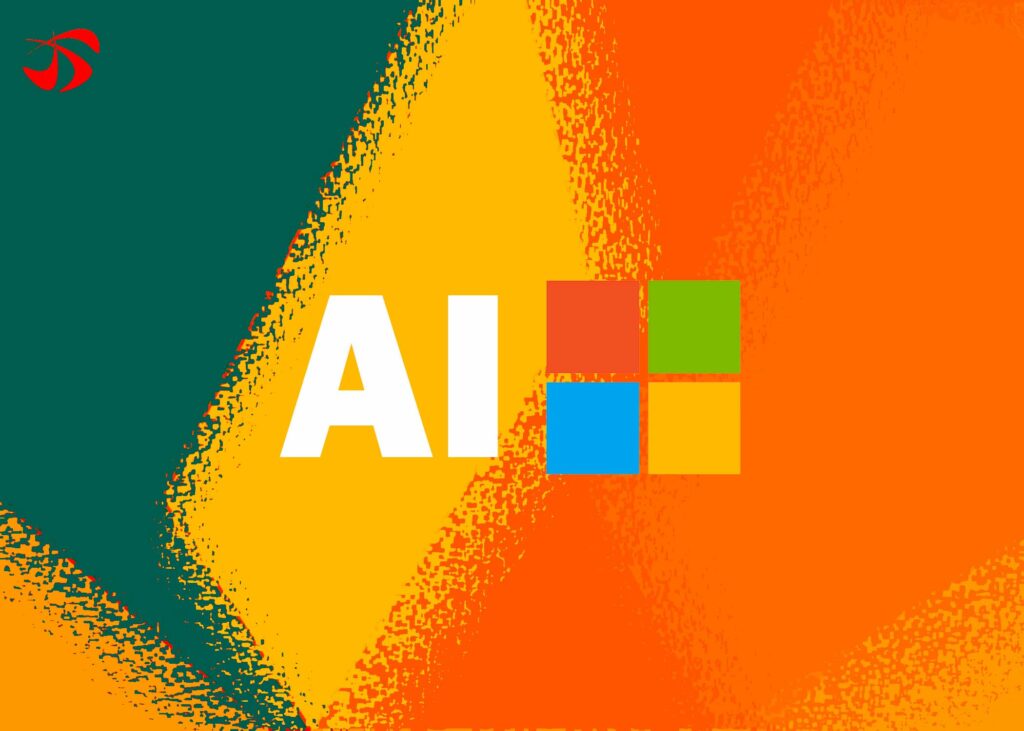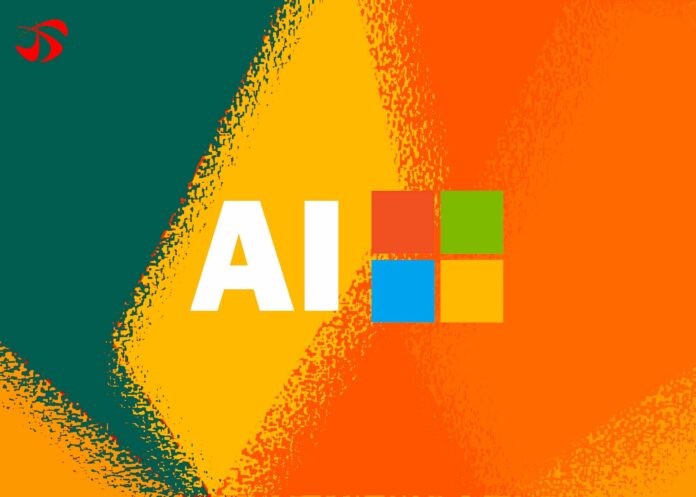In the wake of each significant AI rollout from Microsoft this year, skepticism looms. The tech giant, known for its cautious approach, is now reshaping products around AI, prompting reflection on whether this is a genuine effort to enhance offerings or merely a bid for AI innovator status.
Previously, Microsoft’s major shifts, like Windows 8, resulted in mixed outcomes. Now, AI is being woven into Windows, leaving us to ponder Microsoft’s true motives. Is it striving to improve products, or is this a strategic move to claim AI innovation, hoping the technology lives up to the hype? The answer remains elusive.
Microsoft’s history with Zune, WebTV, and Windows Phone highlights a challenge with timing. Products often debut too early, like the sluggish WebTV, or too late, as seen with the excellent Zune HD. However, with the introduction of AI-powered Bing Chat, Microsoft seized an opportune moment, aligning with the success of ChatGPT, boasting 100 million users in just two months. According to UBS analysts, ChatGPT’s rapid growth could make it the fastest-growing consumer application in history. For Microsoft, there seemed to be nothing to lose in merging the power of generative AI with a historically challenged product.

Microsoft’s Copilot in Action: A Close Look at the AI Revolution
Having invested a hefty $13 billion in OpenAI, the brains behind ChatGPT, and securing a 49 percent stake, Microsoft eagerly showcased its prized possession ahead of competitors like Google. Bing Chat marked the initiation of Microsoft’s AI-centric year, with Copilot expanding from Edge to Microsoft 365 products and, eventually, finding its place in Windows 11. Notably, Microsoft surprised many by extending Copilot’s reach to Windows 10, indicating a push to make AI accessible to a broader audience. (Windows 11 holds a 26 percent share of installations, while Windows 10 maintains a dominant 69 percent. Targeting both platforms could potentially reach up to 1.4 billion users.)
Copilot’s initial impact is impressive. Enter a few words or voice commands, and it provides direct, intelligent responses, akin to a savvy assistant. No ads clutter the experience, and additional links are optional. It offers a glimpse into a future where AI guides us through a chaotic media landscape beyond traditional search engines. Copilot’s versatility extends to specific applications, summarizing webpages in Edge, generating transcriptions and action points in Teams Meetings, and uncovering elusive Windows settings (e.g., typing “How do I turn on Night Mode?”).
Despite its confident facade, Copilot falters. It occasionally misinterprets questions, introducing errors and proving less responsive than standard search engines due to complex AI processes. In testing, it surprisingly crashes, requiring a session “reboot” (sans the infamous blue screen associated with Windows).

Navigating Trust: Microsoft’s Copilot and the AI Landscape
Microsoft takes a humble stance with a note atop Bing’s AI chat, admitting, “AI powers Bing, so surprises and mistakes are possible. Please share feedback so we can improve!” This gesture, acknowledging imperfection, aims to garner favor by emphasizing responsiveness to user feedback. While Microsoft highlights Copilot’s essay-writing prowess and seemingly realistic conversations, the disclaimer acts as a safety net. If a glitch occurs, Microsoft can simply attribute it to the beta phase.
The litmus test for Microsoft’s Copilots and other generative AI tools boils down to trust. Can users rely on it for accurate information? Is Copilot adept at understanding queries? According to Aaron Woodman, Microsoft’s VP of Windows Marketing, trust hinges on users “kicking the tires” and experiencing Copilot’s performance firsthand. In an interview with Engadget at the Windows Copilot launch in September, Woodman anticipates explosive organic growth as customers swiftly recognize the value it brings.
Navigating the Realities of Microsoft’s AI: Insights and Limitations
Aaron Woodman acknowledges Copilot’s imperfections, stating that users may understand its growth phase more empathetically than its technological aspects. He emphasizes transparency and Microsoft’s commitment to accelerating technology delivery.
Having used Microsoft’s AI solutions since Bing Chat’s launch, my experience reveals its helpfulness for simple tasks like creating specification tables. However, it hasn’t revolutionized my work. Bing Chat faced early restrictions due to confrontational interactions. In Windows 11, Copilot aids in finding settings but falls short on controls and occasionally directs to general settings.
Recent encounters with Bing have been disappointing. Inquiring about buying a Nintendo Switch yielded delayed information about a potential follow-up. Image-related queries proved less effective than Google’s image search. Bing identified my baby monitor correctly but erred on the model and took five seconds, compared to Google’s half-second accuracy. Traditional search, powered by its computer vision models, scored a point.
Unpacking Microsoft’s GitHub Copilot: Balancing Promise and Pitfalls
Microsoft’s GitHub Copilot, launched in November 2021, offers a glimpse into AI collaboration for coding. It functions as a coding partner, detecting potential issues, and generating simple code snippets.
Developer Aidan Tilgner sees GitHub Copilot as genuinely beneficial, especially when working alongside experienced programmers. However, caution is advised. The study “GitHub Copilot AI pair programming: Asset or Liability?” warns that Copilot’s suggestions may introduce buggy and complex code, impacting project quality, especially for novices.
Relying heavily on Copilots may tie Microsoft closely to OpenAI, which recently faced internal turmoil. Windows Central hints at Microsoft’s AI-focused Windows update, “Hudson Valley,” expected to bring content analysis in video chats, an enhanced Copilot, and improved system-wide search. Some features may necessitate NPUs, similar to Windows Studio Effects.
In the ever-evolving AI landscape, Microsoft announced Copilot’s upgrade with GPT-4 Turbo and Dall-E 3 models, promising enhanced capabilities. Despite hopes for transformative AI tools, previous disappointments, like the dual-screen Duo and Neo plans, remain on the horizon.

